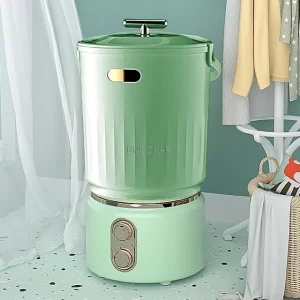How do I get the sewer smell out of my washing machine?
Introduction
A sewer smell emanating from your washing machine can be unpleasant and concerning. This odor can be caused by various factors, including clogged pipes, bacterial growth, or stagnant water. It is crucial to address the issue promptly to ensure the cleanliness and proper functioning of your washing machine. In this guide, we will explore effective methods to remove sewer smells from your washing machine and restore a fresh and clean scent to your laundry room.
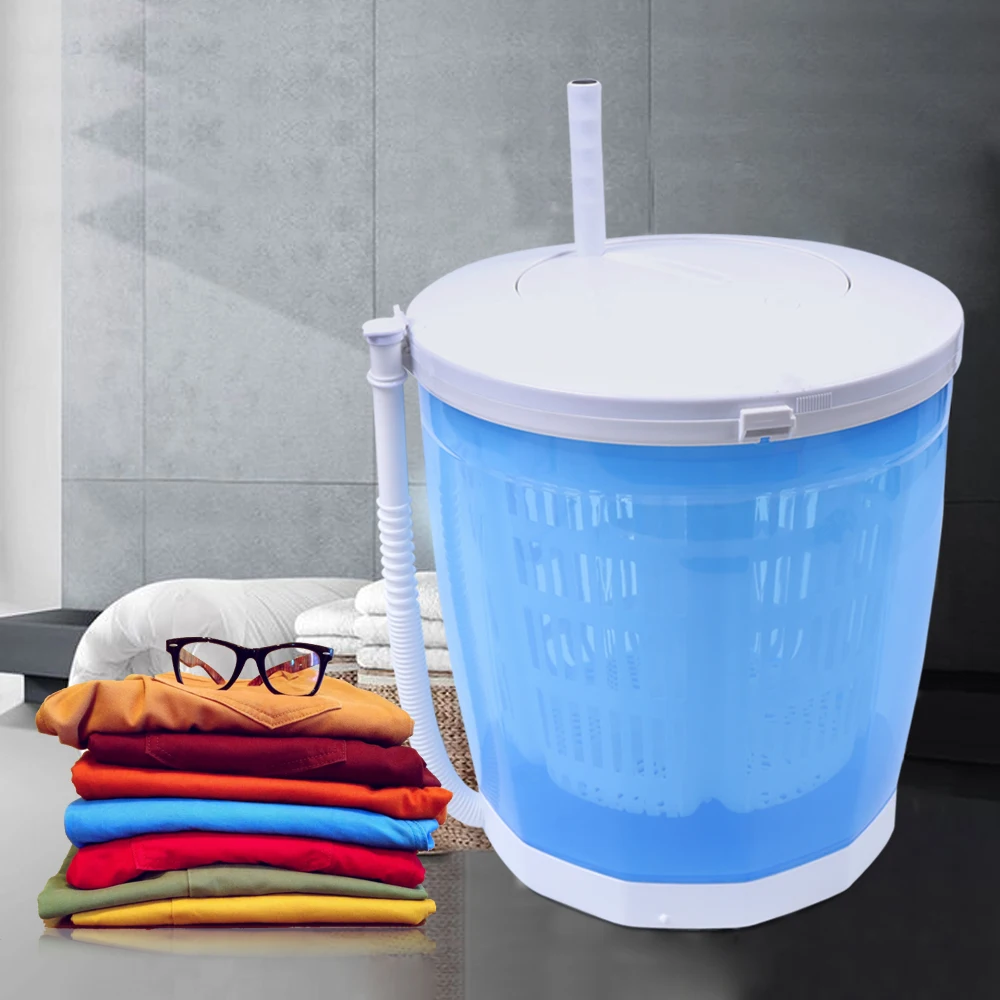
How do I get the sewer smell out of my washing machine?
Method 1: Clean the Drain and Drain Hose
One of the main culprits of sewer smells in a washing machine is a clogged or dirty drain and drain hose. Here’s how to clean them effectively:
1.1. Turn Off the Power Before starting any cleaning process, ensure that the washing machine is turned off and unplugged to prevent any accidents.
1.2. Locate the Drain and Drain Hose Locate the drain and drain hose at the back of the washing machine. The drain hose is typically connected to a drain pipe or a utility sink.
1.3. Detach the Drain Hose Carefully detach the drain hose from the washing machine and the drain pipe or utility sink. Be prepared for any residual water that may come out when disconnecting the hose.
1.4. Inspect and Clean the Drain Hose Inspect the drain hose for any clogs, debris, or build-up. Use a stiff brush or pipe cleaner to remove any visible residue or blockage. Alternatively, you can rinse the hose with water to help dislodge debris.
1.5. Clean the Drain Pipe or Utility Sink Clean the drain pipe or utility sink that the drain hose was connected to. Remove any visible debris or blockage using a brush or cloth. You can also flush the drain pipe with water to clear any remaining residue.
1.6. Reattach the Drain Hose After cleaning, reattach the drain hose securely to both the washing machine and the drain pipe or utility sink. Ensure that it is tightly connected to prevent any leaks.
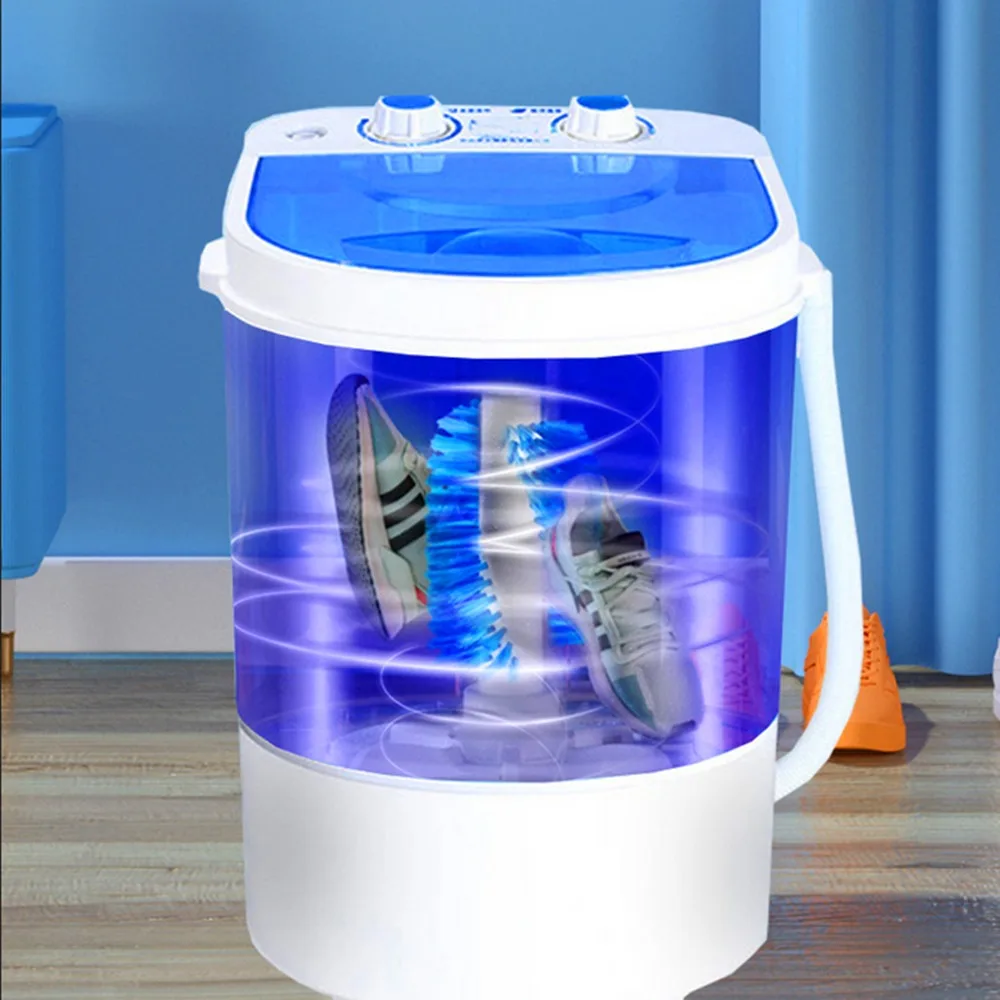
Method 2: Run a Cleaning Cycle with Vinegar
Vinegar is a natural cleaning agent that can help eliminate smells and disinfect surfaces. Here’s how to use it to clean your washing machine:
2.1. Empty the Washing Machine Ensure that the washing machine is empty of any laundry or items.
2.2. Prepare the Vinegar Solution Mix equal parts distilled white vinegar and water to create a solution. The vinegar will help break down any residue or bacteria causing the sewer smell.
2.3. Pour the Solution Pour the vinegar solution into the detergent dispenser or directly into the empty drum of the washing machine. Use enough solution to cover the affected areas.
2.4. Run a Cleaning Cycle Set the washing machine to a hot water cycle. Run a full cleaning cycle without any laundry or detergent. The hot water and vinegar solution will help disinfect and clean the interior of the machine, including hard-to-reach areas.
2.5. Rinse Cycle After the cleaning cycle is complete, run an additional rinse cycle with plain water to remove any remaining vinegar residue.
Method 3: Clean the Drum and Gasket
The drum and gasket of the washing machine can also harbor odor-causing bacteria and residue. Here’s how to clean them effectively:
3.1. Mix a Cleaning Solution Create a solution of equal parts water and bleach or hydrogen peroxide. These substances can help disinfect and eliminate odor-causing bacteria.
3.2. Wipe the Drum Dip a clean cloth or sponge into the cleaning solution and wipe the interior drum of the washing machine. Pay close attention to any visible residue or stains. Ensure that the entire surface is thoroughly cleaned.
3.3. Clean the Gasket The rubber gasket around the door of the washing machine is a common area for bacteria and residue to accumulate. Wipe the gasket with the cleaning solution, focusing on any visible dirt or mold. Use an old toothbrush or small brush to reach into crevices and corners.
3.4. Rinse with Water After cleaning, rinse both the drum and the gasket with plain water to remove any cleaning solution residue.
Method 4: Regular Maintenance and Prevention
Preventing sewer smells from recurring is essential. Regular maintenance and preventive measures can help keep your washing machine fresh and odor-free. Here’s what you can do:
4.1. Leave the Door Open After each use, leave the door of the washing machine open for a few hours to allow the interior to dry thoroughly. This helps prevent the growth of bacteria and mold.
4.2. Clean the Filter Regularly check and clean the filter of your washing machine. Follow the manufacturer’s instructions for locating and removing the filter, and remove any debris or residue that may have accumulated.
4.3. Use the Recommended Amount of Detergent Avoid using excessive amounts of detergent, as this can contribute to residue build-up and odors. Follow the manufacturer’s guidelines for the recommended amount of detergent based on the load size and degree of soiling.
4.4. Run Regular Cleaning Cycles Periodically run cleaning cycles with hot water and vinegar or a recommended washing machine cleaner to prevent bacteria growth and remove any lingering odors.
4.5. Check the Plumbing Inspect the plumbing connections and pipes connected to the washing machine. Ensure there are no leaks or blockages that could contribute to sewer smells. If necessary, consult a professional plumber to address any plumbing issues.
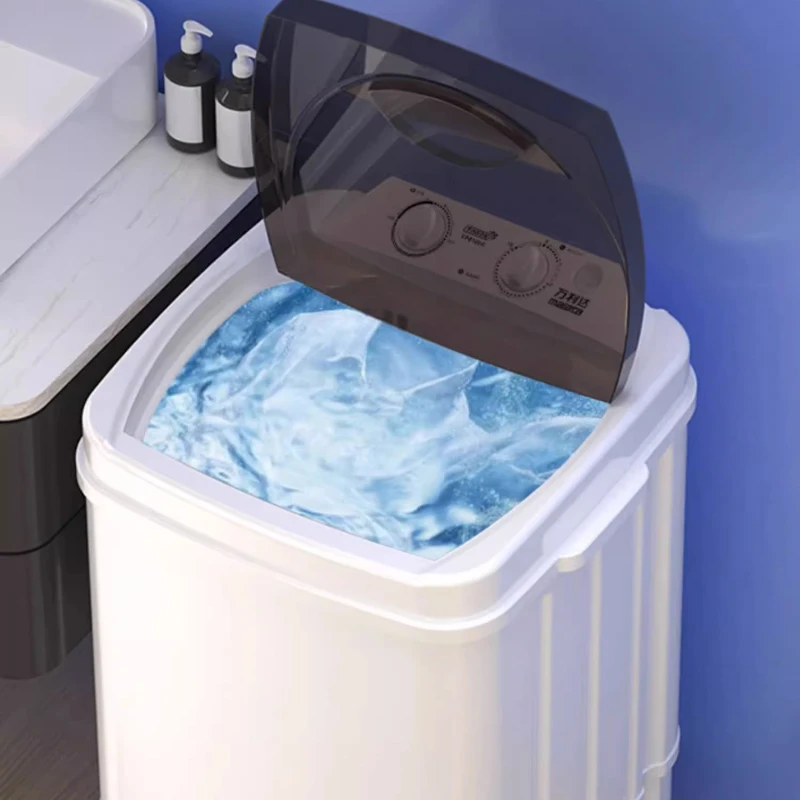
Method 5: Use Baking Soda and Lemon Juice
Baking soda and lemon juice are natural deodorizers that can help eliminate sewer smells from your washing machine. Here’s how to use them effectively:
5.1. Create a Baking Soda Paste Mix baking soda with a small amount of water to create a paste with a toothpaste-like consistency. Baking soda helps neutralize odors and acts as a mild abrasive to remove residue.
5.2. Apply the Paste to the Drum and Gasket Using a clean cloth or sponge, apply the baking soda paste to the interior drum and the rubber gasket. Focus on areas with visible dirt or odor. Use a toothbrush or small brush to reach into crevices and corners.
5.3. Squeeze Lemon Juice Squeeze fresh lemon juice onto the baking soda paste. Lemon juice has natural antibacterial properties and leaves a fresh scent.
5.4. Scrub and Wipe Gently scrub the drum and gasket with the baking soda and lemon juice mixture. Pay attention to any areas with stubborn odors or residue. Wipe away the mixture with a clean cloth or sponge.
5.5. Rinse with Water After scrubbing, rinse the drum and gasket with plain water to remove any remaining baking soda or lemon juice residue.
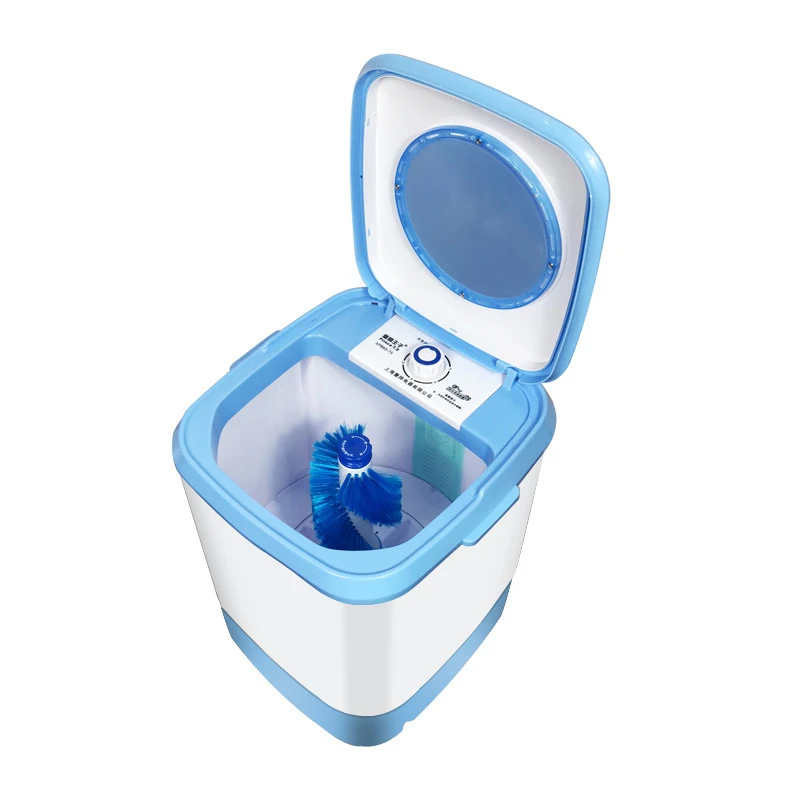
Conclusion
Getting rid of sewer smells in your washing machine requires proper cleaning and regular maintenance. Cleaning the drain and drain hose, running a cleaning cycle with vinegar, and cleaning the drum and gasket can help eliminate odors and bacteria. Additionally, implementing preventive measures such as leaving the door open, using the correct amount of detergent, and running regular cleaning cycles can help maintain a fresh and odor-free washing machine. By following these methods and incorporating regular maintenance practices, you can enjoy a clean and pleasant laundry experience without any sewer smells.
